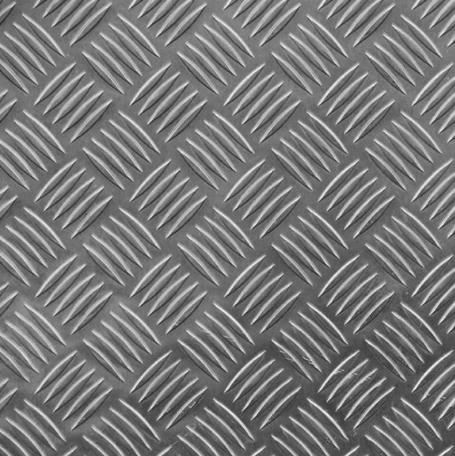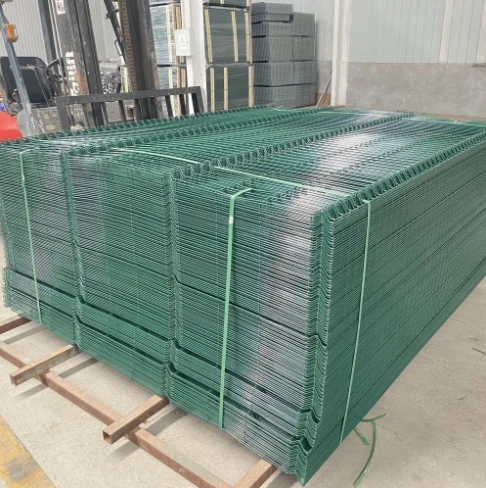Investing in a welded wire fence brings both peace of mind and value enhancement to your property. However, understanding the cost factors involved is crucial for making an informed decision. Below, we will dissect the various components that affect the cost of welded wire fences, drawing from real-world experiences and expert insights.

First and foremost, the material grade is a primary determinant of cost. Generally, welded wire fences are made from galvanized steel, which offers a robust defense against natural elements, thus reducing maintenance expenses over time. However, there's a variety of choices within this category, including galvanized before welding (GBW), galvanized after welding (GAW), and PVC-coated options. Each type has its own price point, with GAW and PVC coatings generally offering superior corrosion resistance and longevity but at a higher upfront cost.
The height and length of the fence are other pivotal cost contributors. Taller fences require more material and labor, which escalates the cost. For example, a four-foot fence will be significantly cheaper than an eight-foot alternative. Similarly, the required length of your fence will dictate the material volume needed, impacting the overall price directly. A realistic budget assessment should include precise measurements to avoid shortages or excess materials, which can incur additional expenses.

Post and framework materials can also affect costs significantly. While wooden posts might offer a traditional aesthetic appeal, they often succumb more quickly to environmental factors than their metal counterparts, potentially leading to higher replacement costs. Conversely, metal posts, though initially more expensive, provide superior durability and structural integrity. Moreover, the type of terrain—whether rocky, flat, or sloped—can influence the complexity and cost of installation. Difficult terrains may require additional groundwork or specialized equipment, which adds to labor costs.
Another crucial factor is the gauge of the wire itself. A lower gauge number indicates a thicker wire, which naturally costs more, yet offers increased strength and security. For instance, a 14-gauge wire is commonly used for residential purposes, offering a balance between affordability and durability. However, for agricultural or high-security needs, a thicker 10-gauge wire might be recommended despite higher costs.
welded wire fence cost
Installation method and labor charges can vary significantly based on regional labor rates and project complexity. While DIY installation can save on labor costs, it demands a certain skill level and understanding of property layouts to ensure legal compliance and optimal functionality. Professional installation, while more expensive, assures precision and compliance with local zoning laws, often providing warranties that safeguard your investment.
Real-world testimonials emphasize the longevity and low-maintenance attributes of well-installed welded wire fences. For instance, owners with experience in rural settings frequently highlight the reduced need for repairs, even in harsh weather conditions, underscoring the return on investment that quality materials and professional installation offer.
Experienced professionals also advocate for periodic maintenance checks to prolong the life of your fence. Rust prevention treatments and prompt repairs to any damages can avert costly replacements in the future. In areas prone to corrosive environmental factors, opting for higher-grade galvanization or PVC coatings proves cost-effective in the long haul.
In summary, the cost of welded wire fencing is influenced by numerous factors including material type, height, length, wire gauge, post materials, terrain, and installation method. Investing in quality materials and professional installation can initially raise expenses but ultimately provide significant value through durability and reduced maintenance needs. The choice of fence should align with your specific needs, considering security, aesthetic, and budget considerations. Understanding these elements holistically empowers homeowners and businesses to make sound fiscal decisions while enhancing property security and appeal.
























